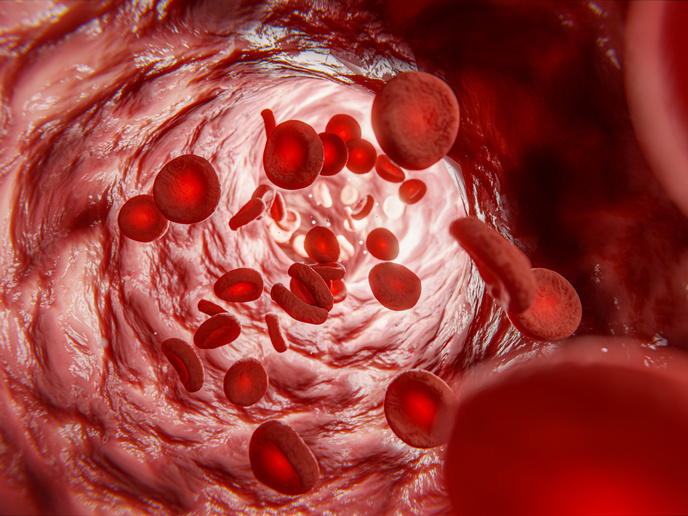Targeting cancer with magnetic microrobots
Today, chemotherapy is the backbone of many cancer treatments. “The problem with chemotherapy is that it is unspecific, meaning that it not only targets the cancer, but also other tissues,” says Veronica Iacovacci(opens in new window), a researcher at the Sant’Anna School of Advanced Studies(opens in new window). According to Iacovacci, in addition to not being very efficient – or necessarily effective – the use of chemotherapy can also cause severe side effects. This is why, with the support of the EU-funded MAMBO(opens in new window) project, she is working on a more targeted approach to cancer treatment. That approach starts with robots.
Improving the effectiveness of magnetic microrobots
Magnetic microrobots were proposed more than a decade ago for minimally invasive access to remote areas of the human body that are difficult to reach with traditional tools. The MAMBO project, which received support from the Marie Skłodowska-Curie Actions(opens in new window) (MSCA) programme, aimed to further develop this approach for specific clinical applications, including liver chemoembolisation. “Our goal was to improve the effectiveness of therapeutic strategies based on chemoembolisation chemotherapy using magnetic fields,” adds Iacovacci. As Iacovacci explains, these magnetic fields allow the therapeutic agents to be localised in the specific region of the cancer. They also allow one to obtain a stable and controlled embolisation of the blood vessels that bring nourishment to the tumour lesion. “But before any of this can happen, we first need to overcome several challenges,” she adds.
An ultrasound-sensitive microrobotic system
One of those challenges is the fact that medical microrobotics struggle to ‘see’ such tiny structures as body tissues. To overcome this challenge, the project team, which included researchers from both the Sant’Anna School of Advanced Studies and The Chinese University of Hong Kong(opens in new window), developed a soft microrobotic system that is sensitive to ultrasound and magnetic fields. “We succeeded in developing innovative strategies for tracking microrobots in tissues by means of ultrasound imaging below the resolution of traditional clinical imaging methods,” remarks Iacovacci. Specifically, the system leverages swarm control techniques to enable microrobot locomotion in biologically relevant fluids such as blood. The ability of the microrobots to respond to ultrasound allows for controlled vessel occlusion while simultaneously providing ultrasound-based imaging that ensures their in vivo tracking. “The MAMBO system represents a further step towards the future use of medical microrobots within the clinical practice,” notes Iacovacci.
The importance of bilateral collaboration
Iacovacci says that the project’s accomplishments are the direct result of the bilateral collaboration between the research teams in Pisa, Italy and Hong Kong – a collaboration that continues to this day. The MSCA Fellowship also helped Iacovacci advance her own career, having been recently named a tenure track assistant professor at the Sant’Anna School of Advanced Studies. “In this new role I plan to start my own research group and dig deeper into the work we started during the MAMBO project,” she concludes.







